Food delivery apps can significantly benefit from the API integrations as that helps them speed up the development process and reduce costs. Research by Business Insider states that food delivery service is among the faster-growing businesses, and the market was registered to be worth more than US$38 billion by the end of 2020. And there are still a lot of opportunities for restaurant businesses to jump on the bandwagon and join the league of on-demand deliveries.
Usually, a restaurant requires paying an average of US$25,000 to create a food delivery app development from scratch. Unfortunately, not all restaurants can afford that much, as they are still recovering from the pandemic blow that drastically affected the restaurant businesses. Hence, it can be a great idea to use the third-party providers’ food delivery APIs; they can still launch a fully-functional food delivery app at a lower cost.
What Is Third-Party API?
When you visit a restaurant and desire to place an order, you require a waiter to deliver your food order to the kitchen and bring it to your table. Here, API works as a waiter by sending the request from your mobile app to a third-party system and delivering the result back to the app. API is also known as an application programming interface which is a defined way to communicate between several software components with a set of subroutine definitions, protocols, and tools enabling the app to borrow functionality and data from the other apps/services.
Also read: Guide To API Development: How To Build An API?
How Do Third-Party Integrations Work?
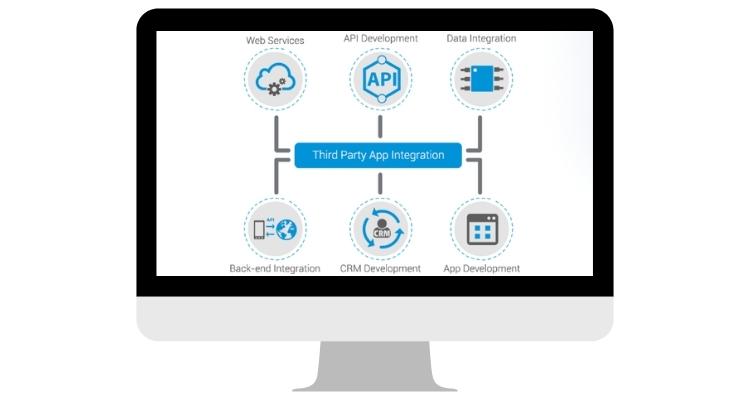
API describes how one program interacts with another, and classes, structures, functions, and procedures are part of it. A third-party API is located on a server belonging to a 3rd party service. The developers can access its functionalities by linking to a JavaScript library or making an HTTP request to a listed URL pattern. Once the connection is made, the user’s request is sent from the app to a server through API and back – it’s a two-way path.
Learn more: Uber API Integration: Benefits & Usage For Food Delivery App
Which Third-Party APIs Play An Instrumental Role In The Success Of A Food Delivery App?
1. Google Maps

It is a prominent geolocation API, especially for third-party API in Android devices. Google Maps are extensively used across several industries, but it plays a pivotal role in the food delivery business. It makes it easier for the delivery person responsible for making the delivery to view the customer’s address on the map and navigate to the destination using Google Maps.
2. Push Notification
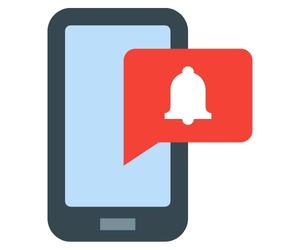
This is a crucial API in the case of food delivery apps, as, without it, the users won’t get to know about the ongoing special offers, discounts, coupons, or know about the status of their order. The customers and the delivery person get push notifications regarding any updates from customers or restaurants.
3. Email & SMS
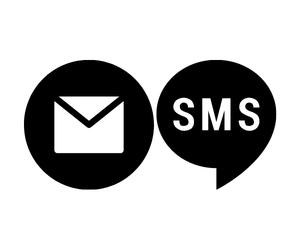
With the integration of Email & SMS API, you can send text messages to your customers to inform them about offers, discounts, and food order status.
4. Payment Gateway
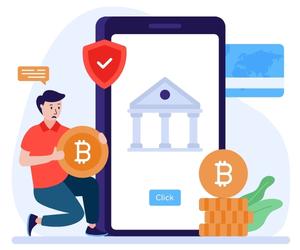
Today, virtually every app accepts credit card & wallet payments, and all apps are using third-party APIs as they allow them to connect to a payment gateway. So, apart from Cash on delivery, you can keep the debit/credit card option as an online payment mode. After all, it is an easy, secure, and faster way to receive payments. Payment gateways also manage refunds, changing currencies, setting up recurring charges, and regular payments. Typical connectors are Stripe, Braintree, and PayPal. And customers today prefer online payments, so it will be good for your online food delivery setup to integrate these APIs.
Convert Your App Idea Into Reality
Let’s Build A New App Together
5. Recommendation Engine
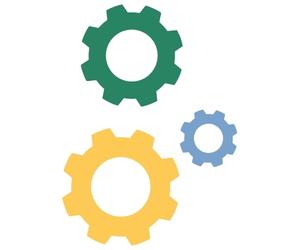
Integrating this API will know your marketing team offers the relevant product recommendations to customers in real-time. A recommendation engine uses algorithms & data analysis techniques to recommend your customers’ most appropriate product/service.
6. CRM Integration
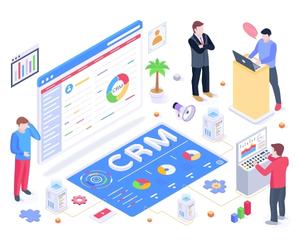
A CRM system allows you better to manage your relationships with both current & potential customers; hence, integrating CRM API will enable your business to store customer data, monitor the entire food delivery sales process, manage email campaigns, etc.
7. Chat API
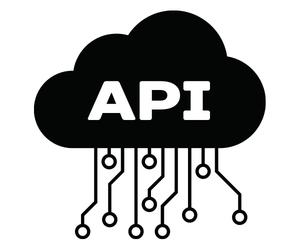
Chat functionality helps coordinate customer service and provides the users with quick online guidance. And nowadays, third-party API integrations like Whatsapp integration into apps like food delivery have become quite popular, along with LiveChat and Zendesk Support.
8. Call API

Integrating an API for in-app calling and messaging features can make a big difference for the app. It makes it easier for customers and delivery persons to communicate.
9. Loyalty Program API
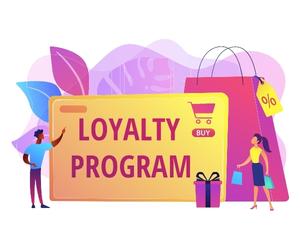
A third-party integration for loyalty programs can be a game-changer for food delivery app platforms. It can entice customers to be rewarded with special offers and coupons. Your business can collaborate with restaurants to offer attractive deals to customers, and it also helps make the customers loyal to your restaurant or app.
10. Behavior Tracking API
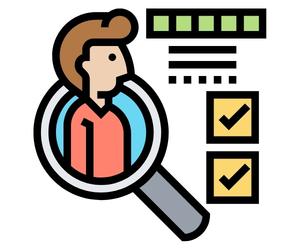
Tracking user experience and behavior patterns can be pivotal in understanding the user needs and enhancing your app. Hence, it is wise to integrate third-party APIs to track user behavior. The popular options to do the job are Google Analytics, Heap, Segment, Intercom, Mixpanel, etc.
Conclusion
Before using the third-party integrations, always weigh the benefits and financial risks. Question the necessity and logic of every particular API integration for the app, and always keep the target audience in mind. After all, the ultimate goal is to offer a better user experience.
Emizentech is an app development company and we have experience of several apps in food niche. So, if you ever want to build a food delivery app like Uber then get in touch with us.

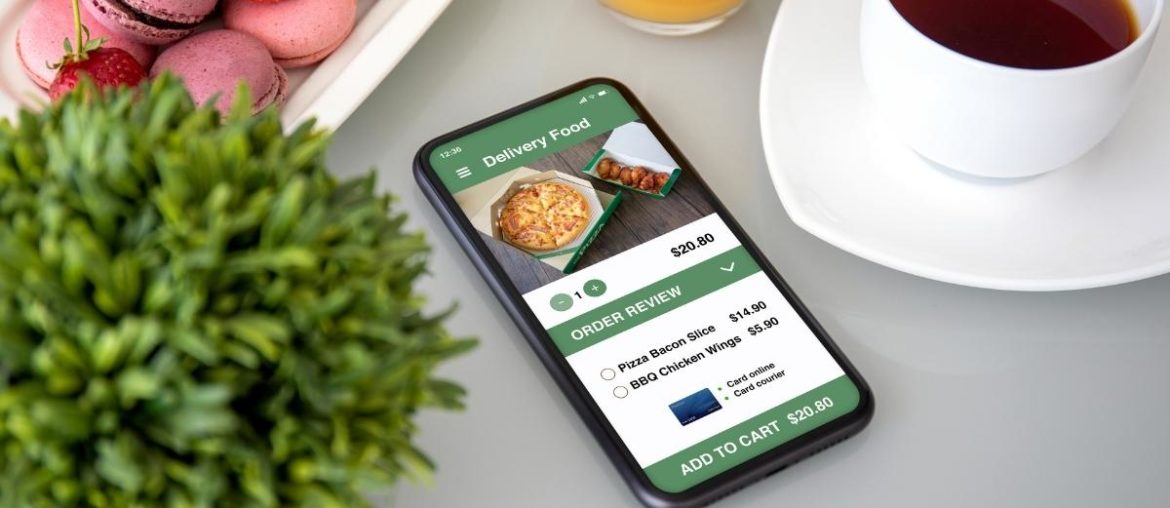
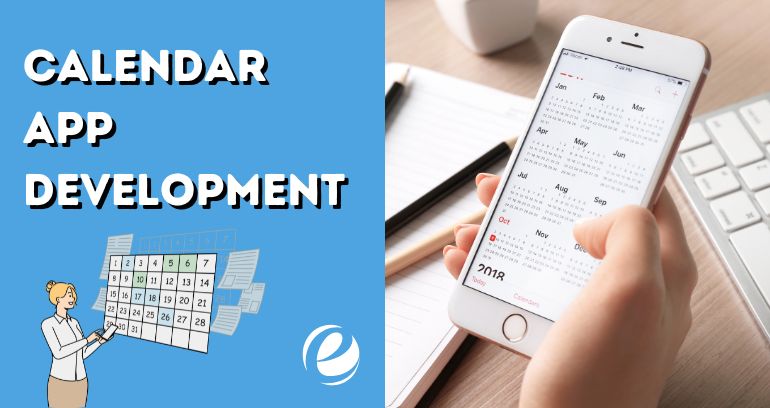


 USA
USA UK
UK